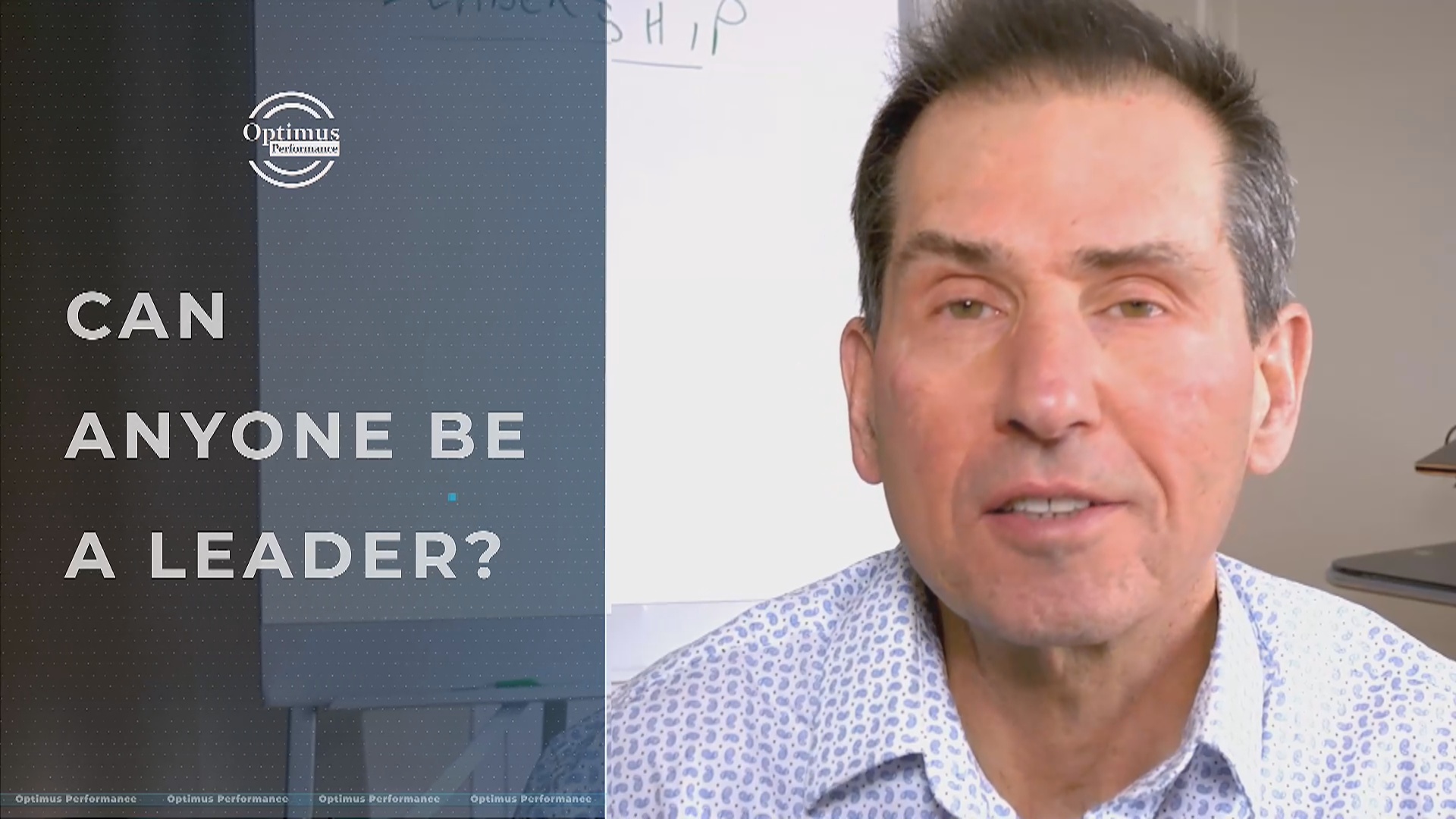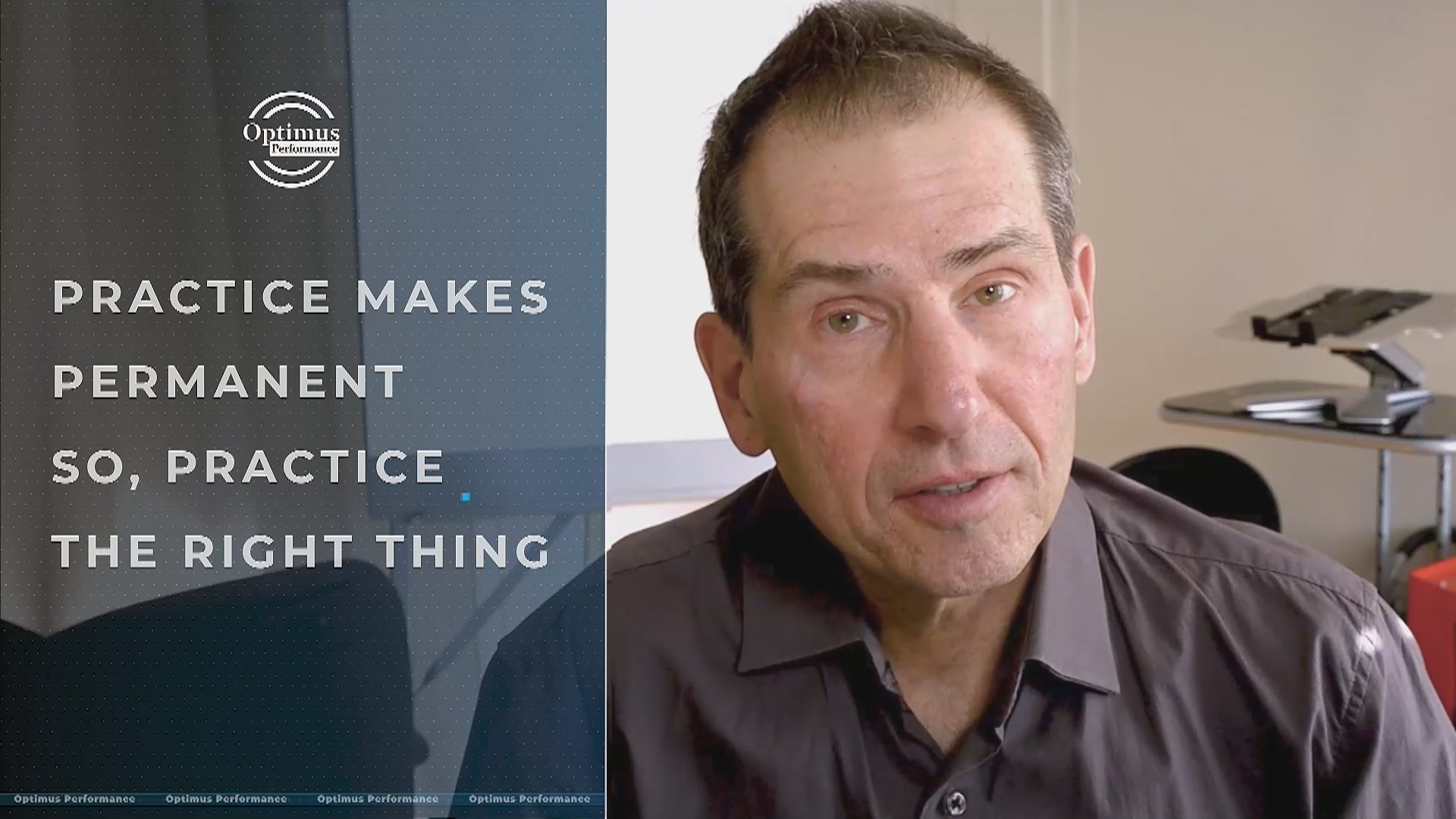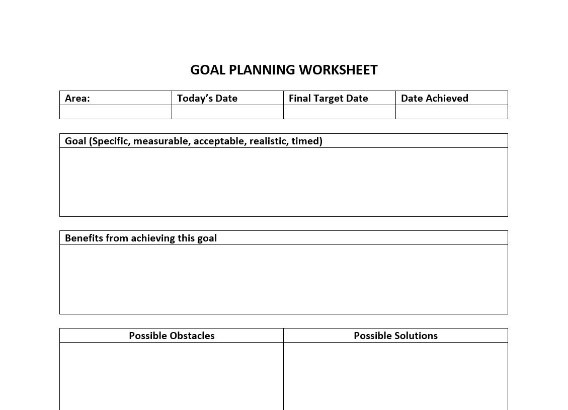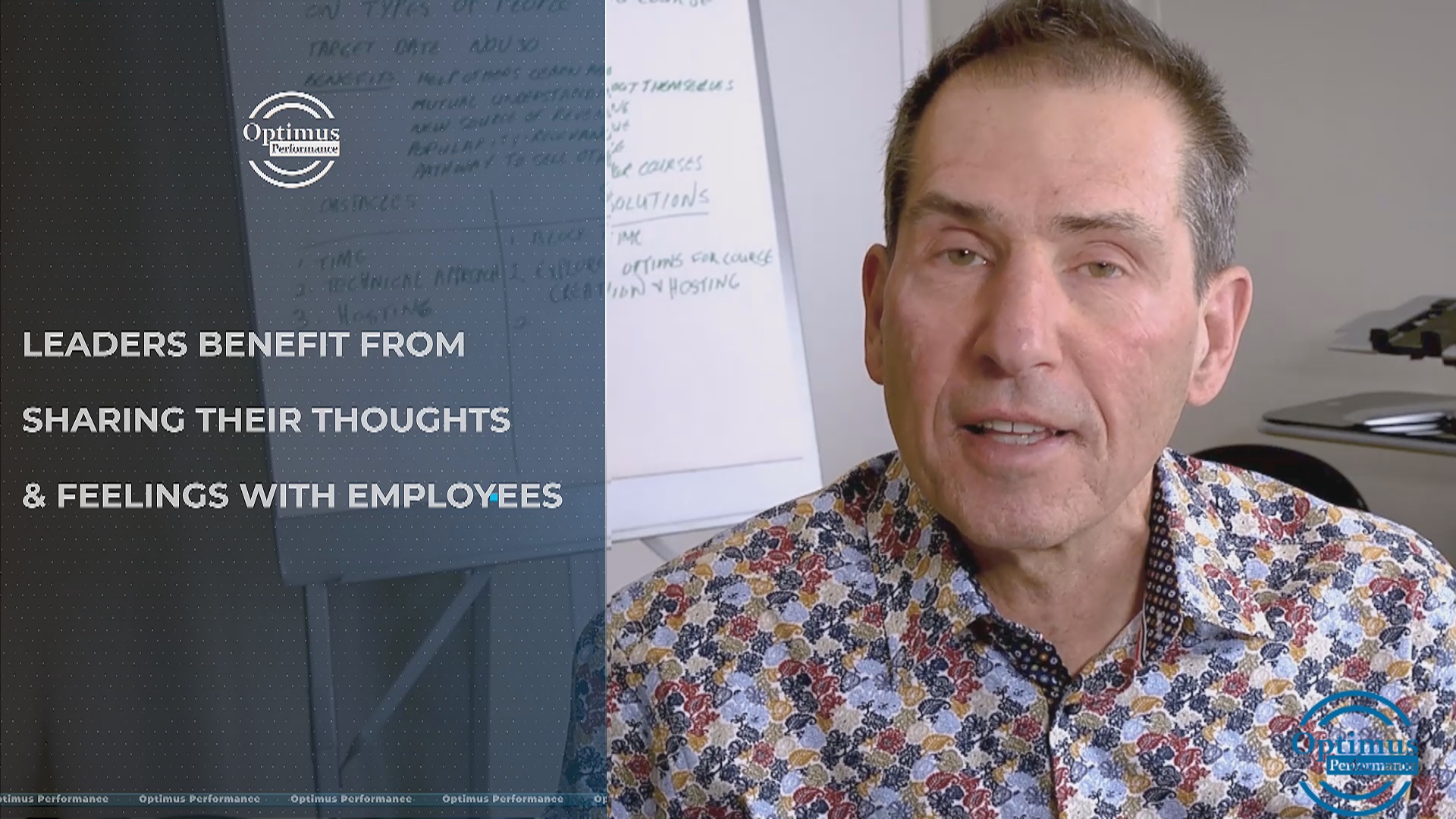Can anyone become a leader? Good question as I have seen people placed in leadership roles who were not really qualified and did not want to assume the responsibilities that come with leading others.
But everyone can develop personal leadership even if they do not want to assume a leadership or management role in an organization.
My first training on personal development was the Dynamics of Personal Leadership by Paul Meyer. The impact it had was huge and caused me to eventually leave the family business to pursue my career as a leadership trainer and coach. I felt what I had learned was not common knowledge and wanted to help others discover these principles of success that are the root of personal leadership.
Here are the principles of the million-dollar personal success plan as defined by Paul Meyer.
- Crystalize Your Thinking
Create a clear picture of what you want to achieve and commit yourself to it. Keep focused on your goal and mission no matter what stands in your way.
- Develop a Plan of Action to Achieving Your goal and a Deadline for Its Attainment
Having a goal is one thing but writing it down and planning how you will achieve it is everything. Plan your actions every day, week, and month and if you are clear and committed to your goal you will achieve it. You can download my free goal planning worksheet here.
- Develop a Sincere Desire for the Things You Want in Life
Wanting or desiring something is not enough to move you to act every day, week, and month. You must develop a burning desire for the things you genuinely want that defines success for you. This will in turn create success habits that will become enormously powerful over time.
- Develop supreme Confidence in Yourself and Your Own Abilities
Therefore, knowing yourself, accepting yourself, loving yourself and forgiving yourself is so important. Along your journey to success you will encounter ups and downs and you must learn from your mistakes and recognize your success as strengths. This will build extreme self-confidence. Investing in continuous learning and development will provide the skills and abilities you need to achieve your goals and drive that self-confidence.
- Develop a Dogged Determination to Follow Through on Your Plan Regardless of Obstacles, Criticism or Circumstances or What Other People Say, Think or Do
It takes supreme self-confidence and self-esteem to listen to yourself and follow your heart and gut feeling even when those you love, and respect try to sway you.
These five principles of success taken from the leadership program by Paul Meyer can be applied not just to physical desires and wealth. In fact, when applied to personal growth and becoming somebody worthy of respect and admiration, they become extremely powerful.
For example, if one applies these principles to becoming a great parent, one will need to define how a greater parent is, how they conduct themselves, behaves, communicates, treats others etc. This image would need to be crystalized in the mind and then acted upon. The above five principles are really about creating a mindset of success that is unwavering. This is something that everyone can develop no matter of their background or upbringing. It may not be easy but it is transformative and worthy of the effort.




